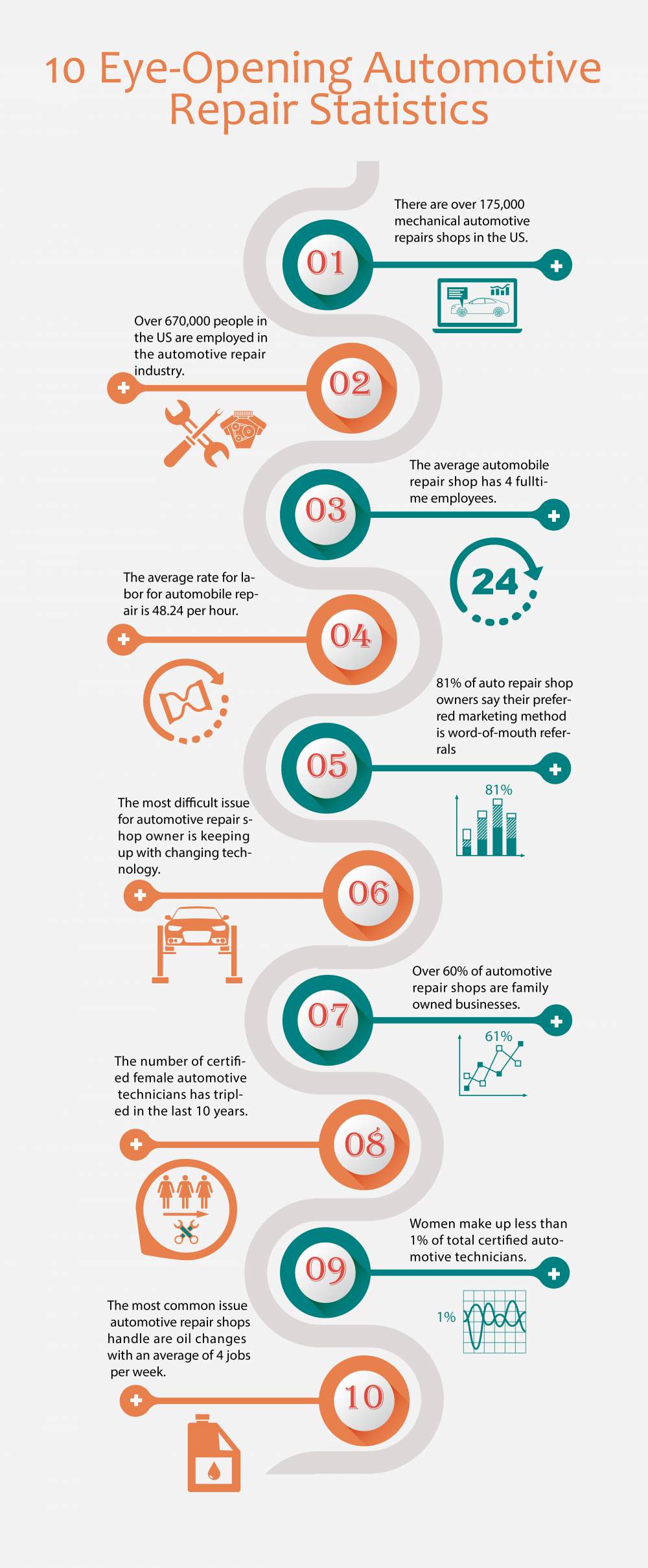Wondering About The Significance Behind Those Control Panel Warning Lights? Gain Understandings Right Into Their Effects For Your Automobile'S Safety And Security And Upkeep
Wondering About The Significance Behind Those Control Panel Warning Lights? Gain Understandings Right Into Their Effects For Your Automobile'S Safety And Security And Upkeep
Blog Article
Published By-Lim Gilbert
When you're behind the wheel, those radiant caution lights on your dashboard can be a bit bewildering. Do you recognize what they're trying to inform you concerning your car's health? Recognizing the value of these lights is essential for your security and the durability of your automobile. So, the following time among those lights appears, wouldn't you intend to analyze its message accurately and take the required actions to address it?
Common Caution Lights and Interpretations
Determine usual warning lights in your vehicle and comprehend their meanings to make sure secure driving.
The most normal caution lights include the check engine light, which signifies issues with the engine or exhausts system. If this light begins, it's vital to have your automobile checked immediately.
The oil stress advising light indicates low oil pressure, needing instant interest to avoid engine damages.
A blinking battery light might suggest a damaged billing system, potentially leaving you stranded if not attended to.
The tire stress surveillance system (TPMS) light informs you to reduced tire pressure, affecting car security and gas efficiency. Overlooking this can cause unsafe driving conditions.
The ABS light suggests a trouble with the anti-lock braking system, jeopardizing your capacity to stop quickly in emergencies.
Lastly, the coolant temperature alerting light warns of engine getting too hot, which can result in serious damages otherwise dealt with promptly.
Comprehending these common caution lights will certainly help you address issues without delay and keep risk-free driving problems.
Significance of Prompt Focus
Comprehending the typical caution lights in your automobile is only the initial step; the importance of promptly addressing these warnings can not be highlighted enough to ensure your security when driving.
When a caution light brightens on your dashboard, it's your vehicle's method of interacting a possible problem that requires interest. Disregarding these warnings can result in much more serious issues later on, jeopardizing your security and possibly costing you extra out of commission.
Motivate focus to cautioning lights can prevent failures and mishaps. As cleaner cars , a flashing check engine light can indicate a misfire that, if left unattended, might trigger damage to the catalytic converter. Addressing this quickly can conserve you from a pricey repair service.
Likewise, a brake system advising light may signify reduced brake liquid or used brake pads, vital elements for your safety and security when driving.
DIY Troubleshooting Tips
If you observe a caution light on your dashboard, there are a few DIY repairing pointers you can try before looking for expert help.
The very first step is to consult your cars and truck's guidebook to understand what the specific warning light shows. Occasionally the issue can be as straightforward as a loosened gas cap triggering the check engine light. Tightening the gas cap may settle the trouble.
One more common issue is a reduced battery, which can trigger various warning lights. Checking the battery connections for deterioration and ensuring they're safe and secure could take care of the trouble.
If a warning light continues, you can attempt resetting it by separating the cars and truck's battery for a couple of minutes and after that reconnecting it. In https://www.attorneygeneral.gov/taking-action/attorney-general-shapiro-takes-action-against-used-car-dealerships-violating-consumer-protection-law/ , examining your car's fluid degrees, such as oil, coolant, and brake liquid, can aid fix cautioning lights associated with these systems.
Conclusion
In conclusion, understanding your vehicle's warning lights is important for keeping your vehicle running smoothly and safely. By without delay addressing these informs and knowing what they suggest, you can stay clear of costly fixings and potential breakdowns.
Bear in mind to consult your cars and truck's handbook for specific details on each alerting light and do something about it accordingly to make certain a hassle-free driving experience.
Remain educated, stay secure when traveling!
